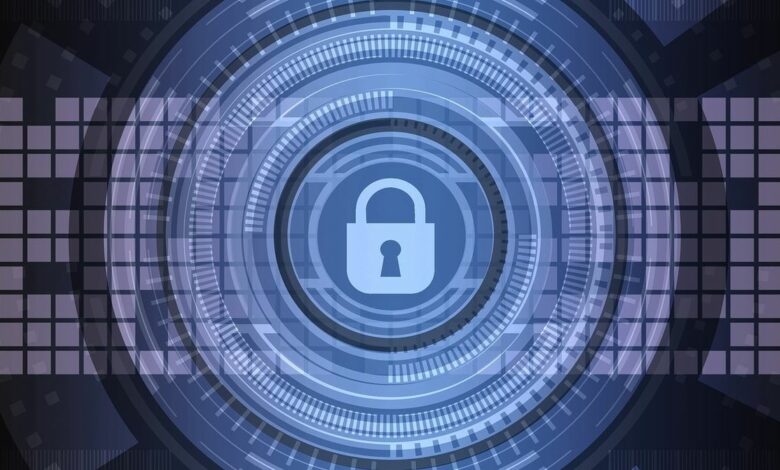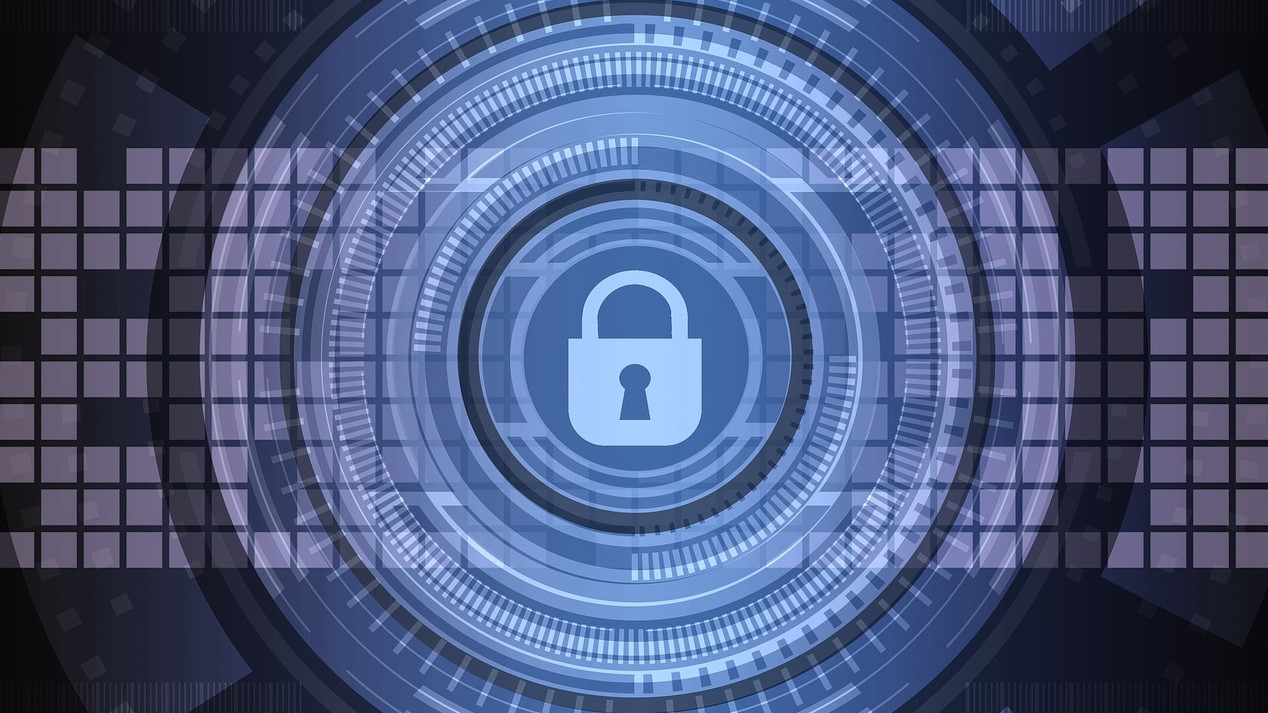How healthcare providers can protect themselves against evolving cybersecurity risks


In recent years, the healthcare sector has been battling cybercriminals from all sides. With reports showing that healthcare organisations will experience four times the global average in cyberattacks by 2023 – with more than 1,500 cyberattacks per week in the first three quarters of the year – it’s clear that the sector is operating in an increasingly dangerous cyber landscape.
But why is healthcare in such the spotlight and what can healthcare providers do to ensure they stay protected from cyber threats and their operations continue to run smoothly?
CEO of Beyond Encryption.
High stakes, low security levels
The first step in mitigating cyber threats is understanding why healthcare providers are targeted by cyberattacks in the first place.
From patient electronic medical records to payment information, healthcare providers store a huge amount of highly sensitive information. If cybercriminals gain access to this data, they can use it for a range of malicious purposes. Whether they sell this information on the dark web or use it to commit identity theft or financial fraud, if it falls into the wrong hands, the consequences can be catastrophic. Furthermore, cybercriminals are acutely aware that if they gain access to this highly sensitive information, healthcare providers will be more likely to pay their ransom, leaving them even more vulnerable to attack.
A report from VMO2 found that 77% of healthcare providers are still using outdated technology. These outdated technologies make healthcare providers an even more lucrative target for cybercriminals, as they are easier for malicious actors to infiltrate and exploit, as their creation precedes the rise of the more sophisticated security threats we see today. Unless healthcare providers embrace digital transformation, they will remain an easy target.
The direct result of cybercriminals targeting healthcare providers by disrupting their operations is causing significant disruption to the healthcare system – with direct consequences for patients. Take the recent attack on the NHS for example – this attack has caused 3,396 outpatient appointments and 1,255 elective procedures to be cancelled since the attack occurred in early June and also caused the NHS to issue a public appeal for O-type blood, as the cyberattack was delaying blood transfusions.
Outdated legacy systems make cybercriminals’ jobs even easier, allowing them to easily extract data for financial gain. This creates an urgency for the industry to update its security credentials, or face the ongoing threat of an attack.
How healthcare providers can strengthen their defenses
As attacks on healthcare providers continue to rise, organizations need to consider how they can ensure they are well equipped to withstand the growing wave of cybercrime before they are lost altogether.
Phishing attacks are one of the most common types of cyberthreats that the healthcare industry specifically faces, and there are many different ways that healthcare providers can mitigate these attacks. First, healthcare providers should employ anti-spoofing software that can identify and discard any packets that have an IP address hidden behind one interface but are actually coming from a completely different interface. For example, if an employee receives an email from a threat actor pretending to be their manager or even a coworker, anti-spoofing software can detect that the packet has an external IP address and block it accordingly.
For an additional layer of defense, healthcare providers should also use email authentication and security software. These solutions automatically alert relevant parties when emails that pretend to be from inside an organization are actually coming from outside an organization. Additionally, this software can be programmed to highlight certain key phrases, such as “transfer money,” and alert relevant parties – making it the perfect tool for mitigating phishing attacks.
Another type of software that healthcare providers should invest in to prevent phishing attacks is secure email solutions. These solutions allow for the secure sharing of sensitive documents or emails and prompt the recipient for a unique password before they can access the email. This is a great way to prevent sensitive emails from being intercepted by threat actors that can then be used to gain access to a company.
As the healthcare sector continues to be a prime target for cybercriminals, malicious actors are beginning to take more creative routes to exploit these organisations. The most recent attack the NHS faced involved a threat actor infiltrating Synnovis, which provides key clinical services to the NHS, rather than a direct attack on the NHS itself. Healthcare providers should take this as a warning to ensure there are no loopholes in their supply chain that threat actors can exploit, and implement compliant security measures.
Finally, healthcare providers must invest in ongoing and in-depth cybersecurity training for their team, as a company’s cybersecurity is only as strong as its least cyber-savvy employee. Adopting a “one and done” approach to training is not enough, and companies must take sufficient steps to ensure all employees are educated on both new and emerging threats.
Because the healthcare sector plays a critical role in public health, it is still under attack. These organizations must take action now and strengthen their defenses before they become nothing more than a cautionary tale.
We have listed the best identity management software for you.
This article was produced as part of TechRadarPro’s Expert Insights channel, where we showcase the best and brightest minds in the technology sector today. The views expressed here are those of the author and do not necessarily represent those of TechRadarPro or Future plc. If you’re interested in contributing, you can read more here:




